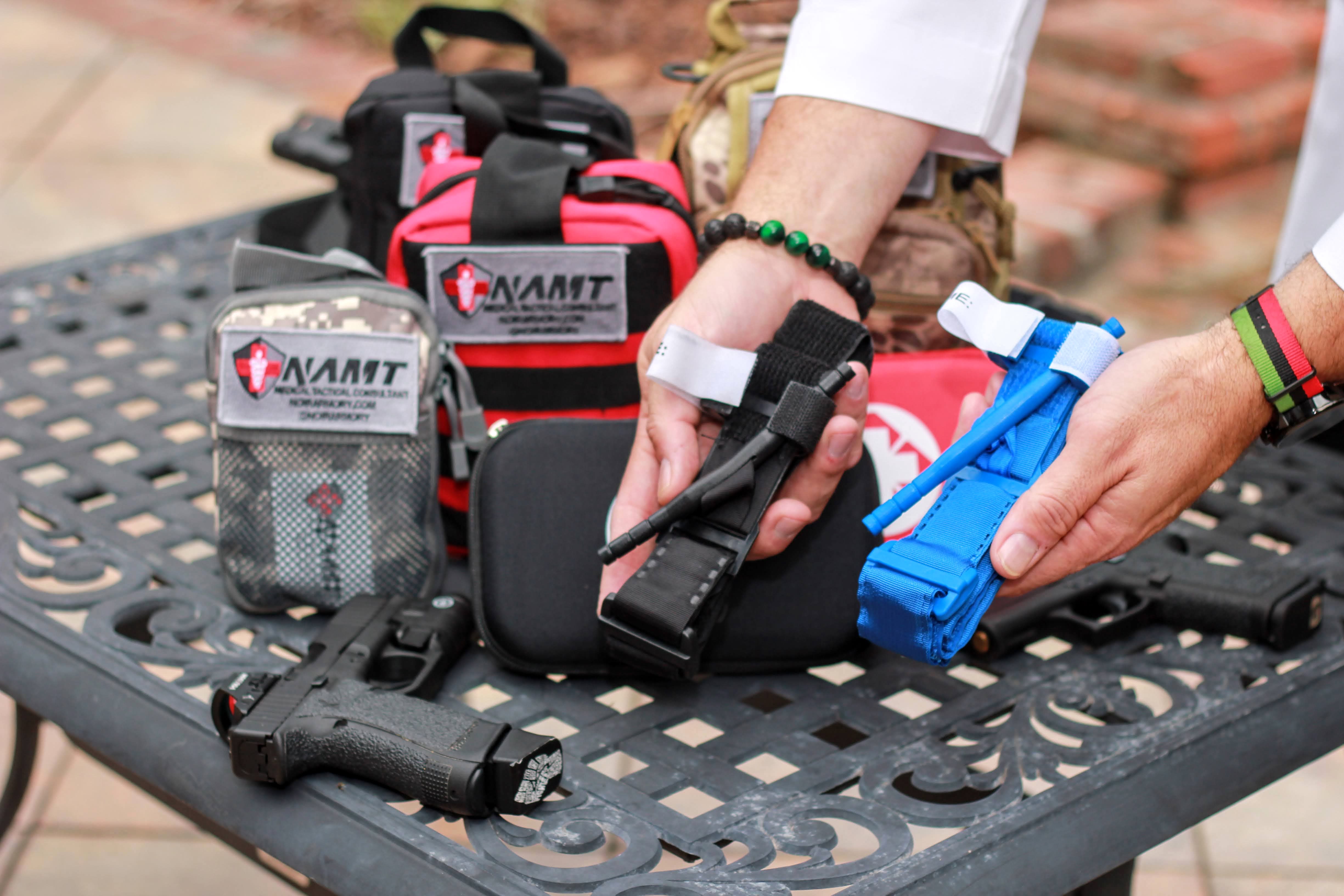
Stop The Bleed

The Stop the Bleed certification is a nationally recognized training program designed to equip individuals with the knowledge and skills to control life-threatening bleeding in emergency situations. Developed by the American College of Surgeons (ACS) in collaboration with other organizations, the program was created in response to mass casualty events and is part of a national campaign to improve public readiness for trauma emergencies.
Key Components of Stop the Bleed Training:
- Recognizing Life-Threatening Bleeding – Understanding when bleeding is severe enough to require immediate intervention.
- Applying Pressure – Using direct pressure with hands or dressings to control bleeding.
- Wound Packing – Properly packing deep wounds with gauze or clean cloth to slow or stop bleeding.
- Tourniquet Application – Learning to correctly apply a tourniquet to a limb when direct pressure is not enough.
- Practical Hands-On Training – Participants typically practice using wound simulators or mannequins to reinforce skills.
Certification Process:
- The course is usually 60 to 90 minutes long.
- It includes both lecture and hands-on practice.
- Training can be conducted by certified instructors, including medical professionals, law enforcement, and military personnel.
- Upon successful completion, participants receive a Stop the Bleed certificate, validating their ability to provide bleeding control in emergencies.
Who Should Get Certified?
- First responders (EMS, police, fire)
- Teachers, school staff, and students
- Workplace employees
- Firearms owners and self-defense advocates
- Outdoor enthusiasts (hikers, hunters, campers)
- Everyday citizens who want to be prepared for emergencies
This certification is especially valuable in high-risk environments, including schools, workplaces, and public venues, as rapid bleeding control can mean the difference between life and death before professional medical help arrives.
Send Us Your Queries
Please use the form below to contact us!
Get in Touch and Follow us on social media
Office location
5800 One Perkins Place Ste. 10B, Baton Rouge, LouisianaSend us an email
[email protected]Other website
www.instagram.com/noirarmory/
